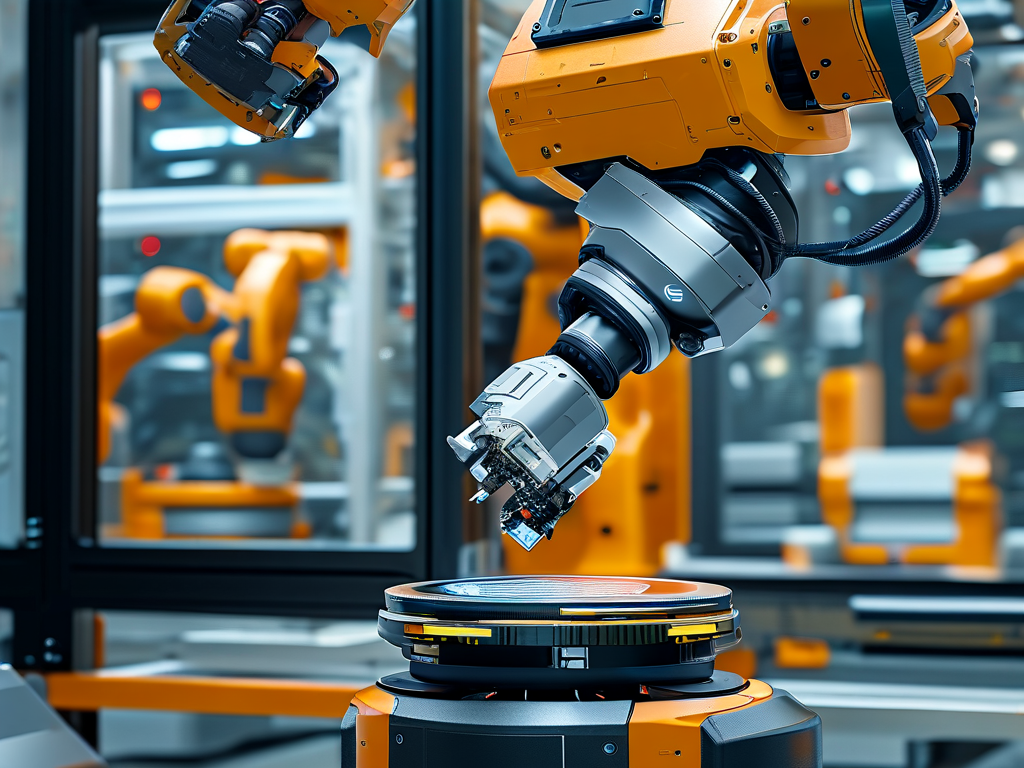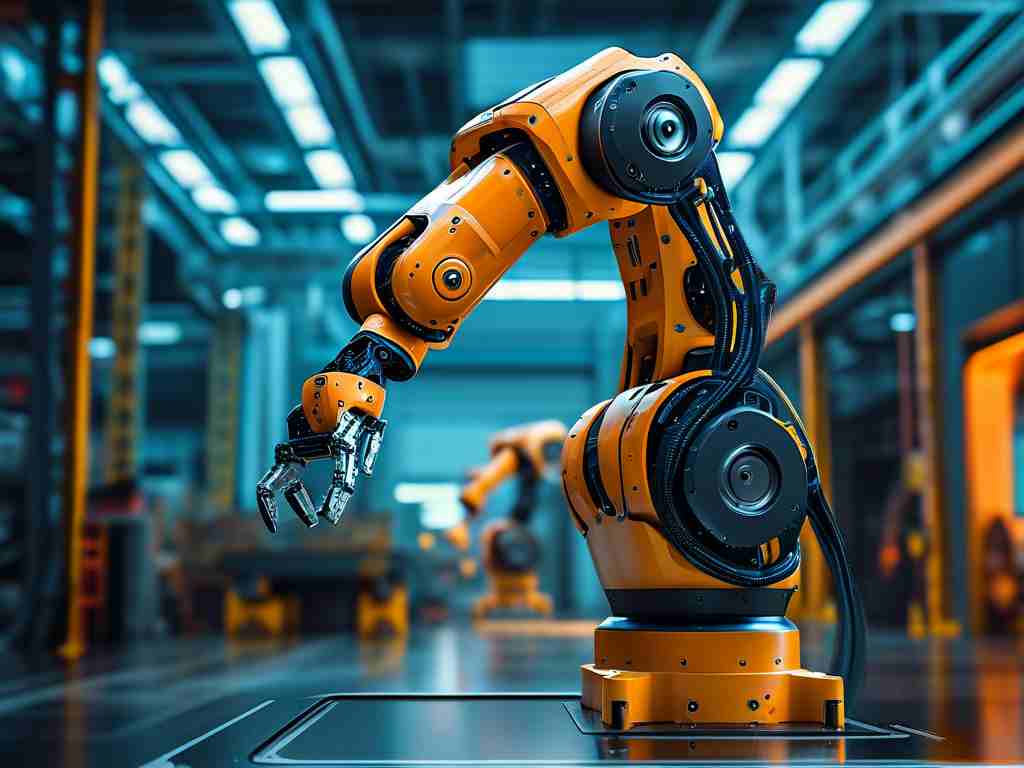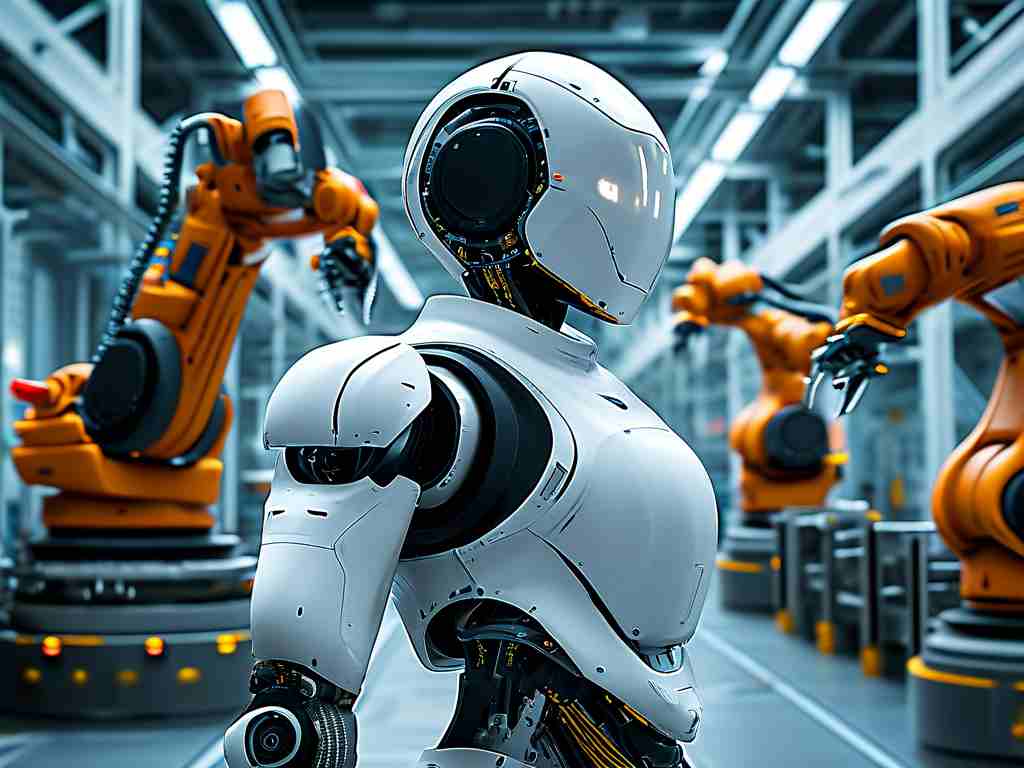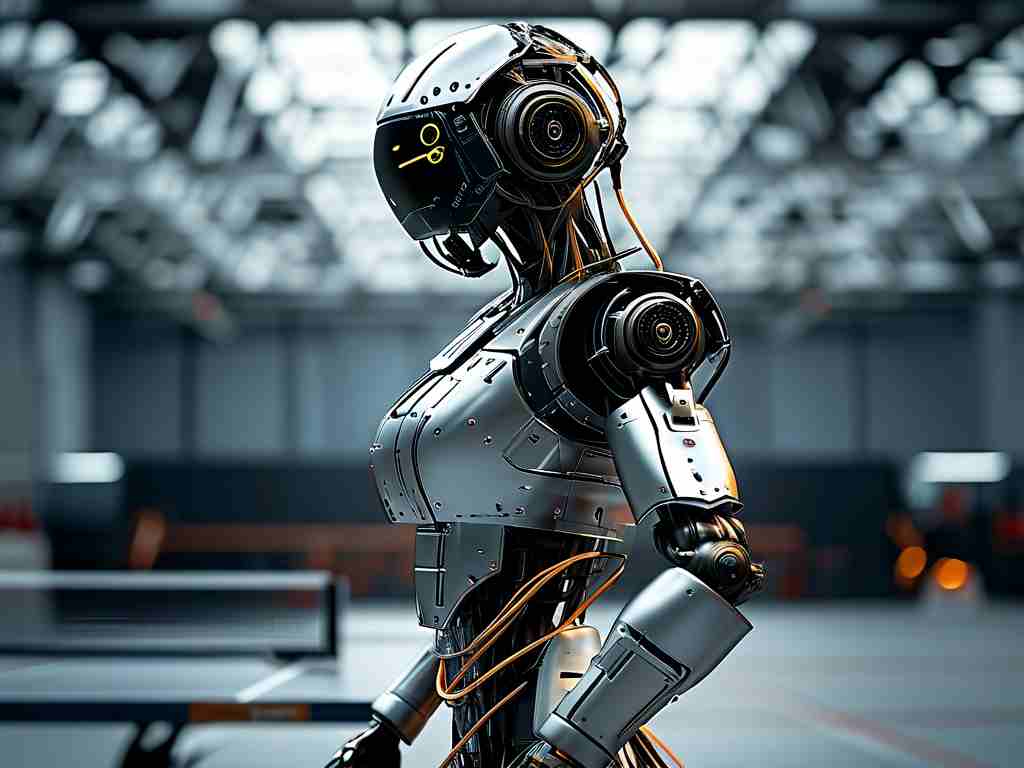The rapid evolution of scanning robot technology is reshaping industries by combining precision mechanics, advanced sensors, and artificial intelligence. These autonomous systems are no longer confined to laboratory environments but are actively deployed in manufacturing, healthcare, agriculture, and logistics. This article explores the technical foundations, real-world implementations, and emerging opportunities in this transformative field.

Core Technical Components
Modern scanning robots rely on three critical subsystems: multi-spectral sensors, adaptive navigation algorithms, and cloud-based data processing. Lidar and hyperspectral imaging units enable environmental mapping at resolutions exceeding 0.1mm, while simultaneous localization and mapping (SLAM) algorithms allow real-time path optimization in dynamic spaces. The integration of edge computing has reduced latency to under 50ms, enabling instant decision-making without constant cloud dependency.
Industrial Automation Breakthroughs
In automotive manufacturing, companies like Tesla have implemented scanning robots for micron-level weld inspections. These systems complete full-body vehicle scans in 90 seconds, identifying defects invisible to the human eye. Pharmaceutical warehouses now deploy fleets of scanning drones that conduct nightly inventory audits, achieving 99.98% stock accuracy through RFID and computer vision fusion.
Medical Imaging Advancements
Hospitals are adopting portable scanning robots for non-invasive diagnostics. The MediScan X3 prototype combines ultrasound and thermal imaging to detect early-stage tumors with 94% accuracy during routine checkups. Surgical variants like the Da Vinci ScanAssist provide real-time 3D tissue analysis during operations, reducing procedure times by an average of 27%.
Agricultural Optimization
Agritech firms have developed solar-powered field robots that perform daily crop health scans across 50-acre plots. Using multispectral analysis, these machines detect nutrient deficiencies 10 days before visual symptoms appear, enabling targeted fertilization that boosts yields by 18-22%. Vineyard-specific models track grape sugar content progression, optimizing harvest timing to within 48-hour windows.
Technical Challenges
Despite progress, scanning robots face persistent hurdles. Sensor fogging in humid environments remains a 12% failure risk factor, while reflective surfaces still cause 5-8% data anomalies. Battery limitations restrict continuous operation to 8-10 hours for most models, though wireless charging solutions show promise in laboratory tests.
Ethical Considerations
The deployment of scanning robots raises privacy concerns, particularly in public spaces. Recent EU regulations mandate anonymization protocols for all captured biometric data, requiring onboard processing rather than cloud transmission. Debate continues regarding liability frameworks when automated scans miss critical defects in safety inspections.
Future Development Trajectories
Next-generation prototypes focus on quantum sensor integration and bio-inspired designs. Researchers at MIT recently demonstrated a moth-eye patterned lens that reduces light scattering by 40%, significantly improving low-light scanning accuracy. The emergence of 6G networks is expected to enable real-time terabyte-scale data streaming from robot fleets by 2028.
Economic Impact Analysis
Market projections indicate the scanning robot sector will reach $42 billion by 2030, driven by aging infrastructure inspection demands. The wind energy industry alone plans to deploy 15,000 specialized climbing robots for turbine blade maintenance within five years, potentially reducing manual inspection costs by 60%.
Implementation Case Study
Singapore's Changi Airport serves as a prime example of scanning robot integration. Their 72-unit security fleet performs concurrent luggage screening, facial recognition, and structural integrity checks, processing 25,000 items hourly while reducing staffing requirements by 35%. The system's machine learning core updates threat detection patterns every 12 minutes using global security databases.
As scanning robots transition from experimental tools to essential infrastructure components, their continued development requires balanced innovation in hardware durability, algorithmic transparency, and ethical governance. The technology's ultimate success will depend on maintaining public trust while delivering measurable efficiency gains across industries.









